Building an At-Home Gym With Limited Space
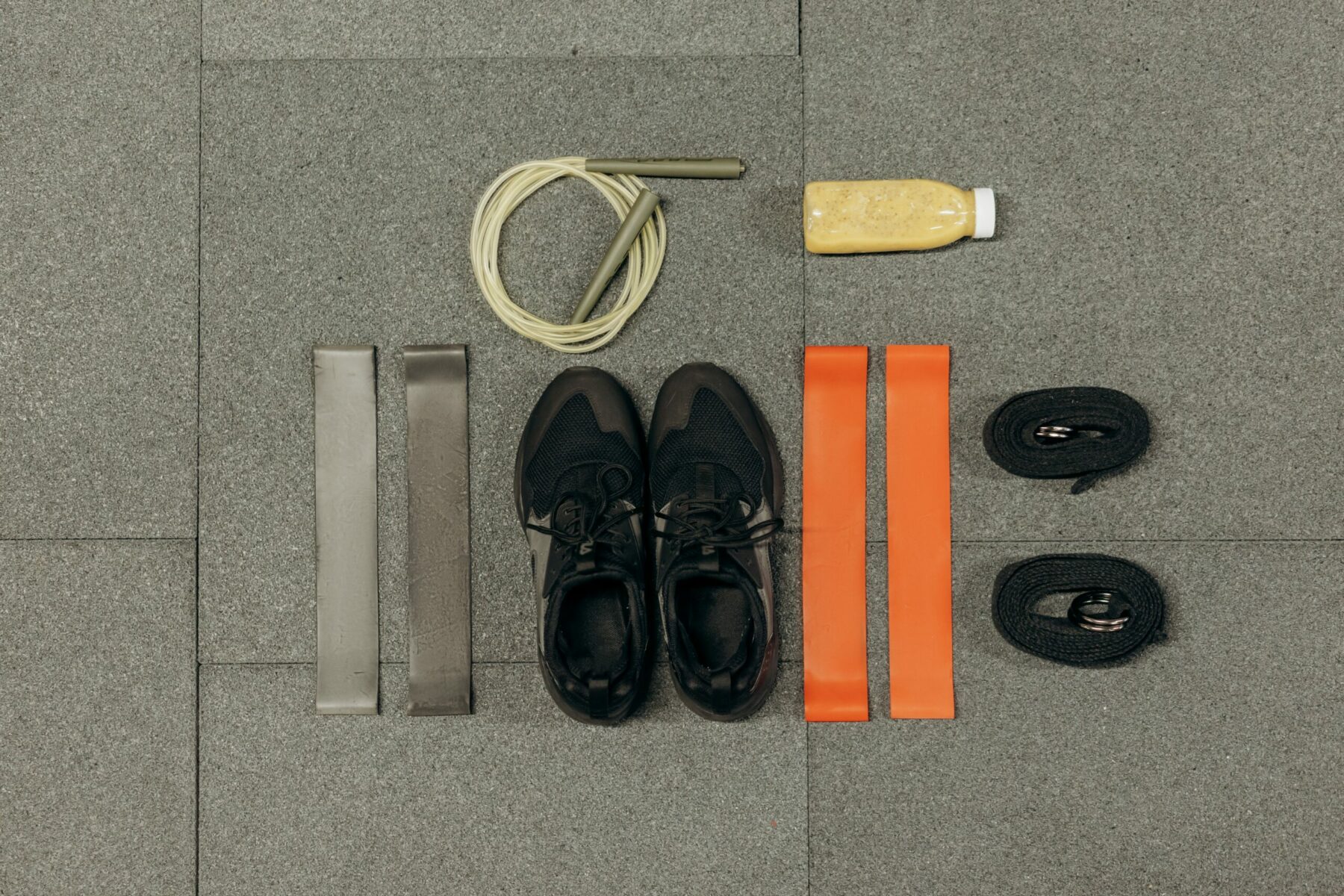
If you’re interested in building an at-home gym, good news — you don’t have to clear out your entire garage or break the bank! There are plenty of great options to cover budgets and spaces of all sizes. Let’s discuss options for someone with limited space.
I’m a physical therapist. Last year, I converted a 2020 Ford Transit into a mobile clinic. That means space is limited, and I had to be very intentional when choosing my equipment. It needed to be compact and multifunctional.
Here are five items I have:
1. Exercise Mat
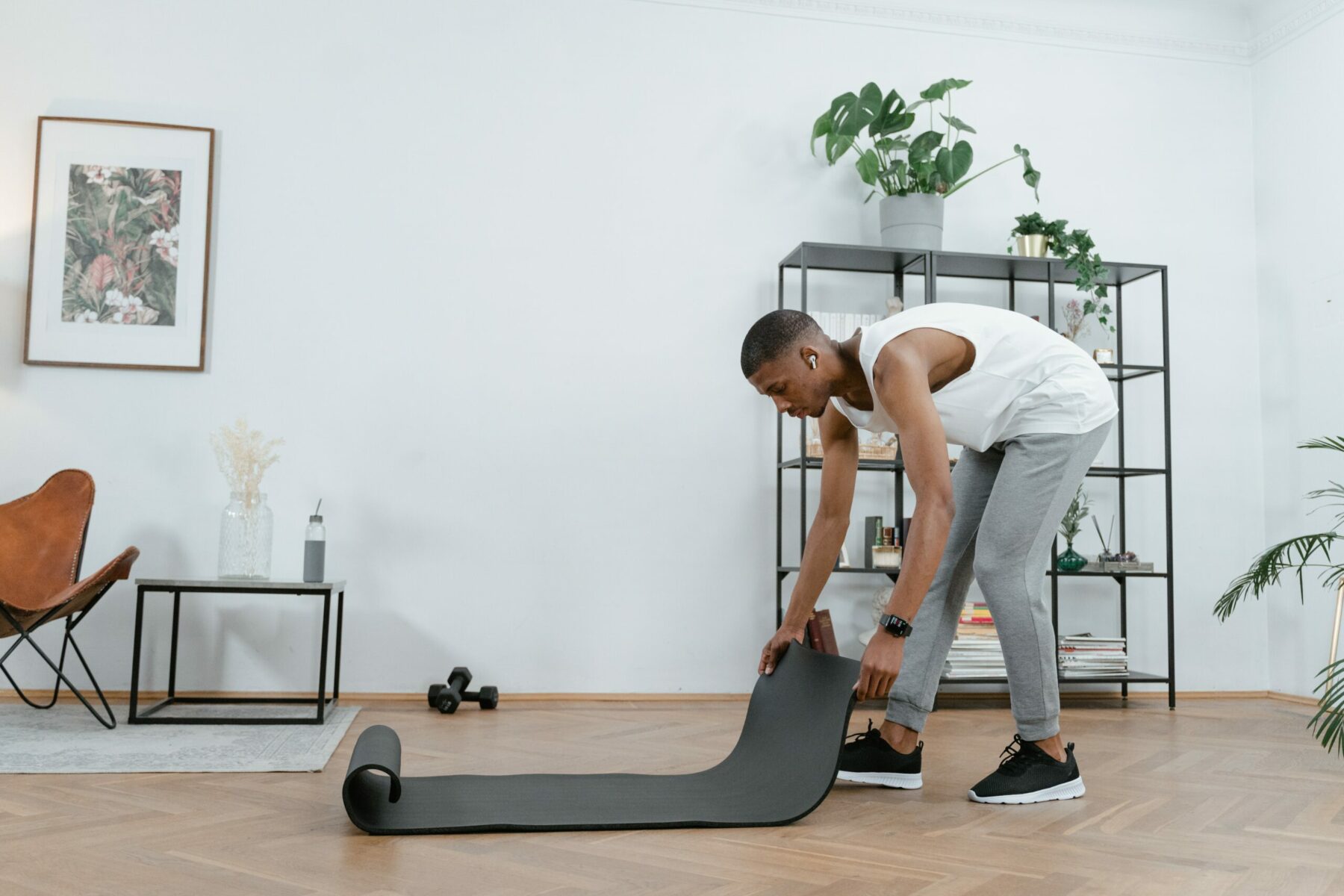
There are two options: a thinner or thicker mat. The benefit of a thinner mat is that it tends to be more durable, is easier to stand and balance on, and takes up less space. The thicker mat is more comfortable on any bony prominences and masks uneven surfaces on the floor better. I have the thicker mat because there is a transition in my clinic that can be felt through the thinner, especially when kneeling.
2. TRX / Body Weight System
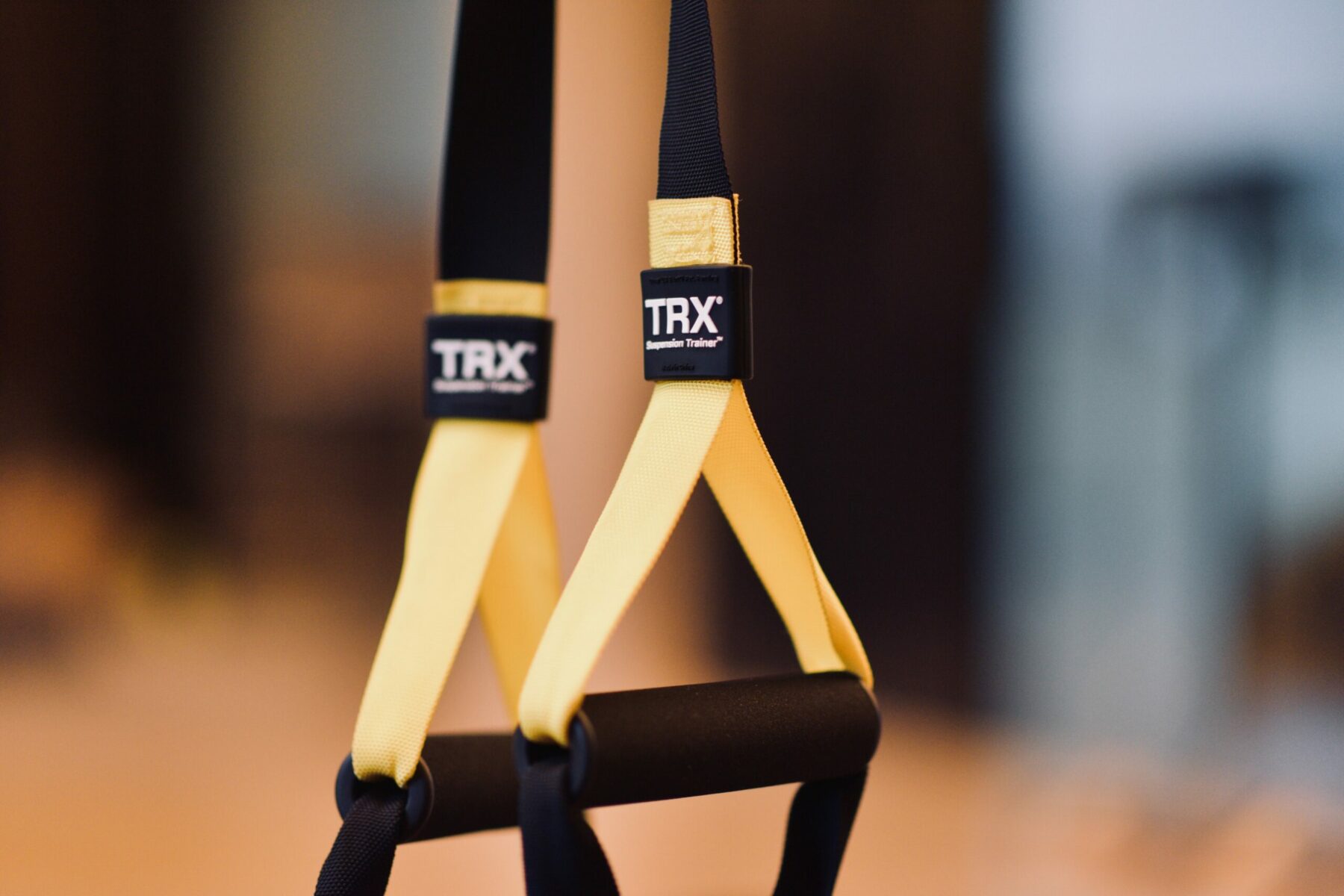
I love the TRX because there is almost an infinite amount of exercise you can do. You can also easily modify an exercise to make it more or less challenging. The best part is that all you need is a door frame.
3. Whipr Rowing
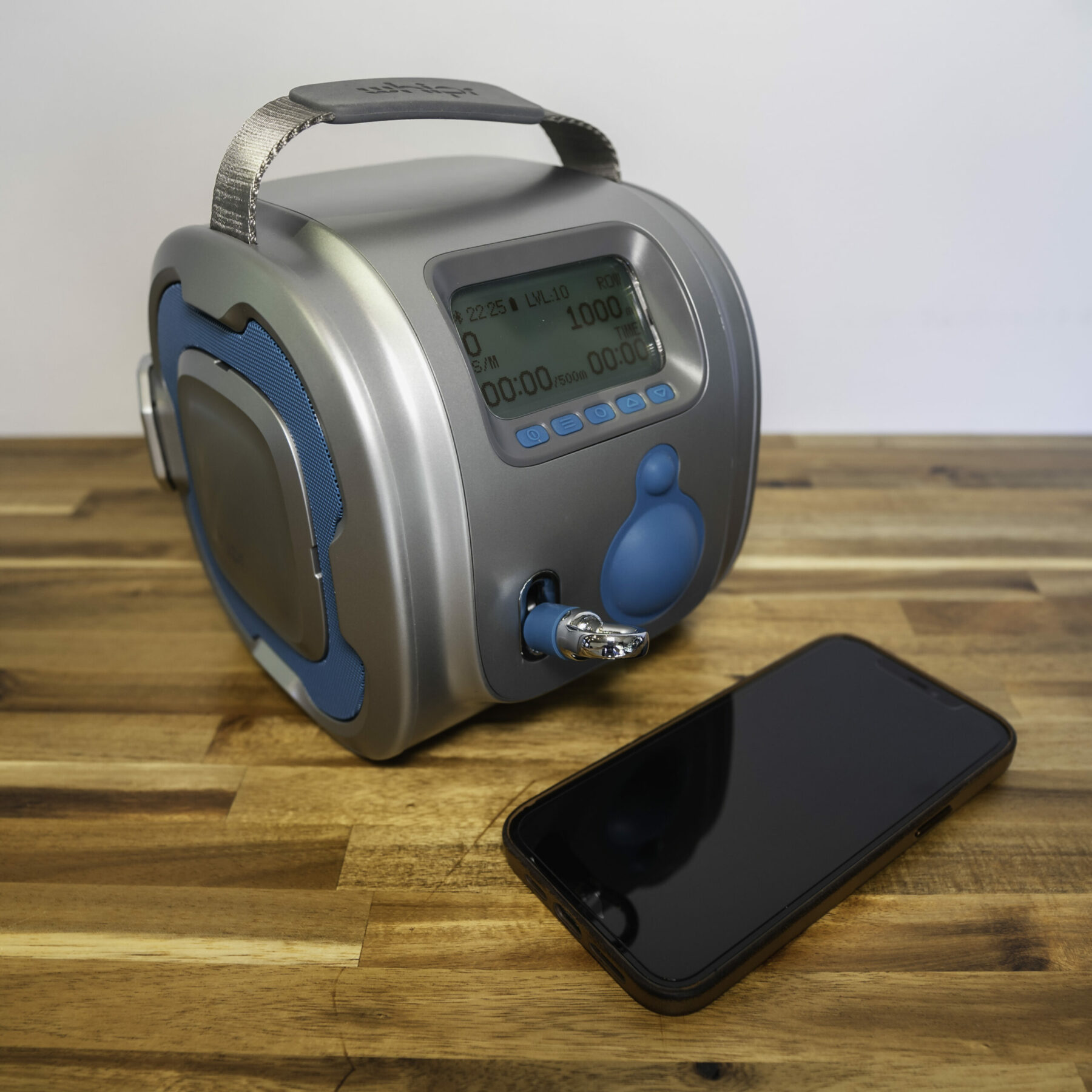
This is the most expensive item on this list, but it’s worth it. It’s a great alternative to a full-size rower if you don’t have space, and it’s multifunctional. You can row, stand-up paddle, hang it on your door as a ski ergometer or simply use it as a lightweight cable machine. For those of you who hate running, this is a great aerobic alternative. I can vouch for their customer service and hopefully, that gives you peace of mind since it is relatively expensive.
4. Exercise Bands
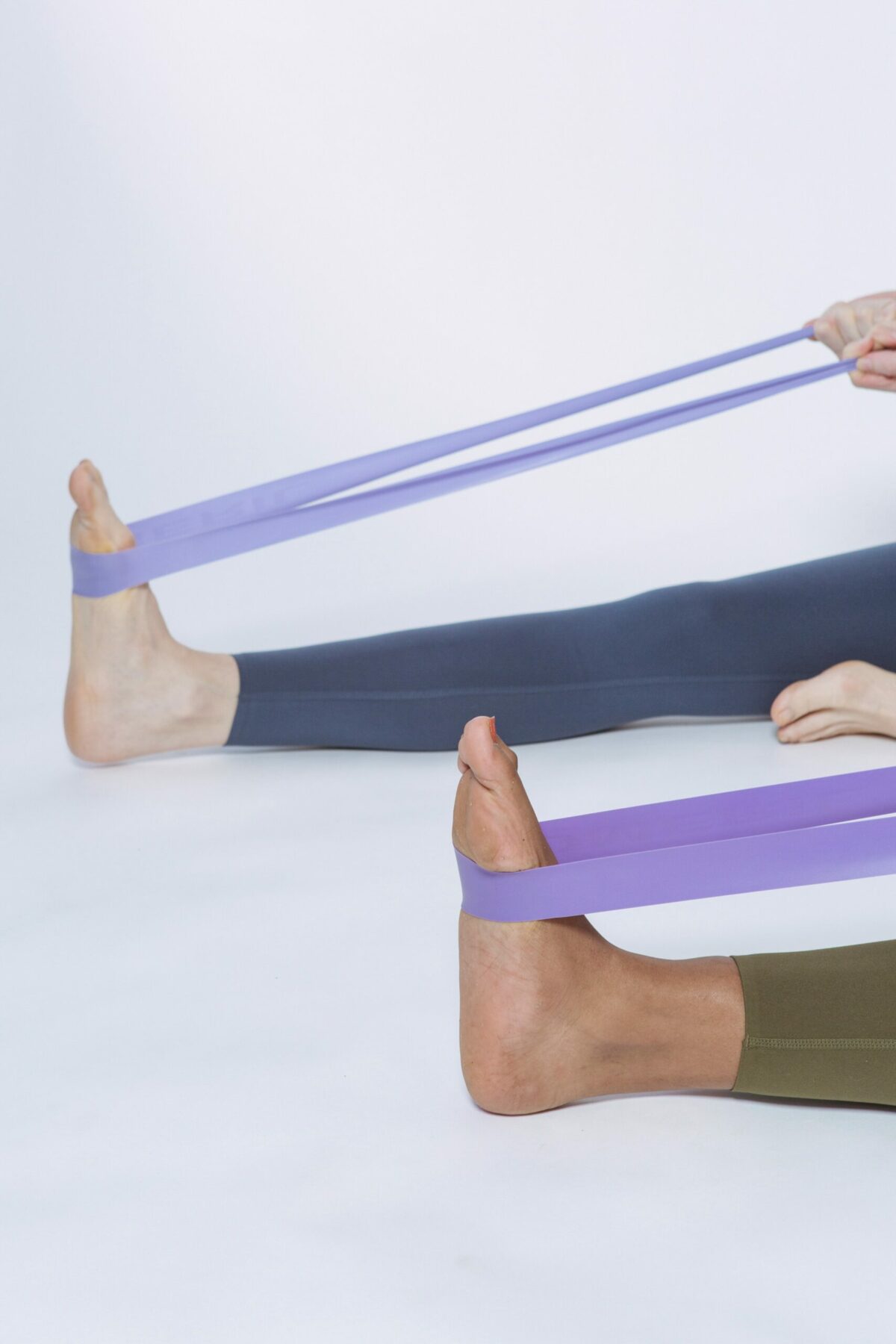
Versatility is key here! Exercise bands are highly underrated but with a little creativity, you’ll be feeling the burn. Here are a few safety tips when using bands:
- Never release a band under tension.
- Never stretch beyond 2.5x length (This number can vary depending on the brand, so verify with company or item description.)
- Inspect the band for rips, tears, cracks or punctures.
- Avoid storing in extreme temperatures (hot and cold).
Option: Although not necessary, I’ve found grips can be helpful and make band use during certain exercises more comfortable.
5. Kettlebell
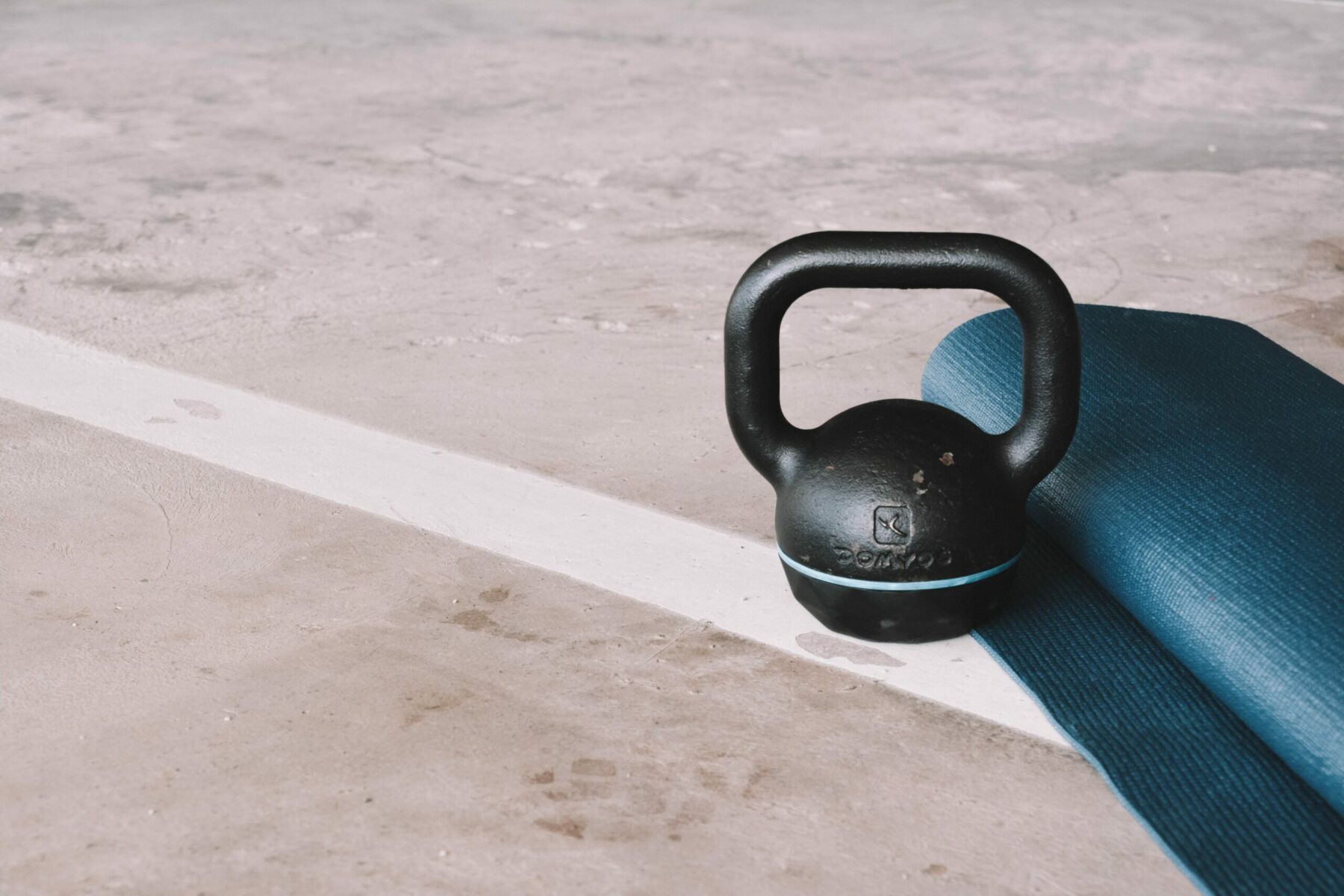
Kettlebells are fantastic! It’s a simple design, takes up little space and provides an incredible workout. If you’ve never used a kettlebell, it will require some practice to learn how to swing but will pay dividends. I have an adjustable kettlebell which is expensive and not as comfortable as a traditional bell, but the tradeoff for space and versatility is worth it for me. The standard kettlebell tends to be more durable and offers a larger weight range.
If space isn’t an issue, then I’d recommend adding these. I’d keep it simple and this equipment will allow you to perform the “Big 3” — squat, deadlift and bench press. These are arguably the most effective compound exercises and will target all the largest muscle groups.
- Squat Rack: This is a great starter rack. It’s inexpensive but provides you with plenty of function.
- Barbell: This is your stand-size barbell. It can be used for Olympic lifting, powerlifting and bodybuilding. It has a maximum load of 1,000 pounds so you can feel safe that it won’t bend or break.
- Bumper plates: These can get expensive! I’d highly recommend looking for a used set on your local marketplace. You don’t need to buy 300 pounds worth of plates, either. You can get creative by adding chains or using resistance bands to increase the difficulty.
I hope this has been helpful and provided some direction. A word of caution — building a home gym can get addictive! Don’t get caught up in too much hype. Make a list of your health and fitness goals and then cater your equipment to that. You may find that all you need is your bodyweight!
About the Author

Mark Denesha, PT, DPT is a Doctor of Physical Therapy and owner of Forever Forward Physical Therapy — Austin’s first, and only, fully equipped mobile PT clinic. FF PT services include manual therapy, strength training and injury recovery, when and where you need it. Mark’s collegiate sports and military background, combined with his curiosity for movement, have influenced his treatment style that prioritizes strength and function.






